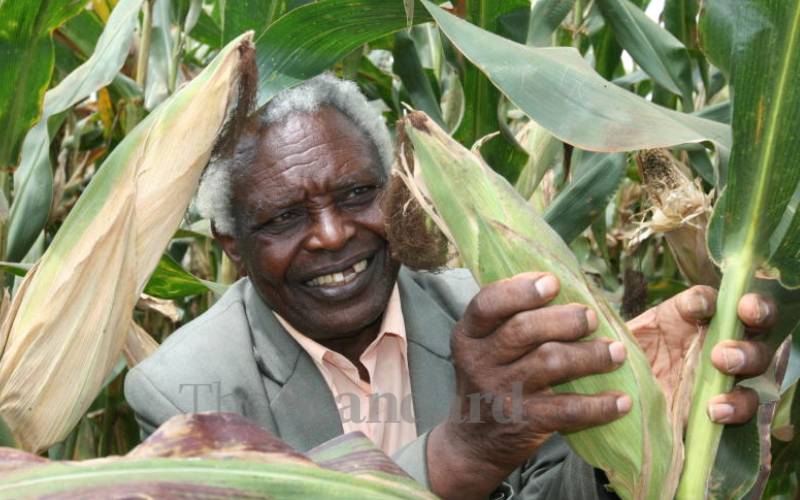×
The Standard e-Paper
Home To Bold Columnists

Joseph Kimaru inspecting maize at an exhibition on a farm in Njengu village, Nyeri County. [Kibata Kihu, Standard]
There is need for stakeholders in the agriculture sector to put in place mechanisms to lessen the burden of hunger and famine in some parts of the country.